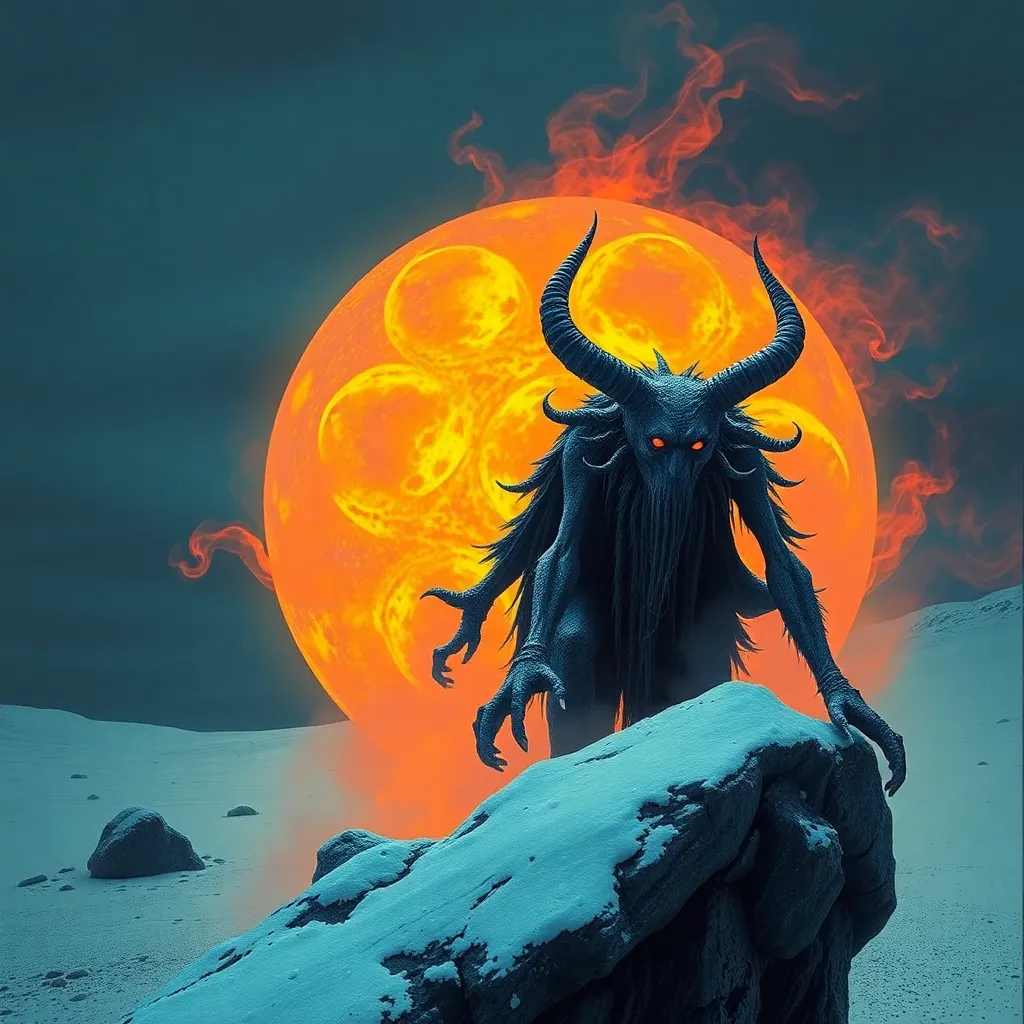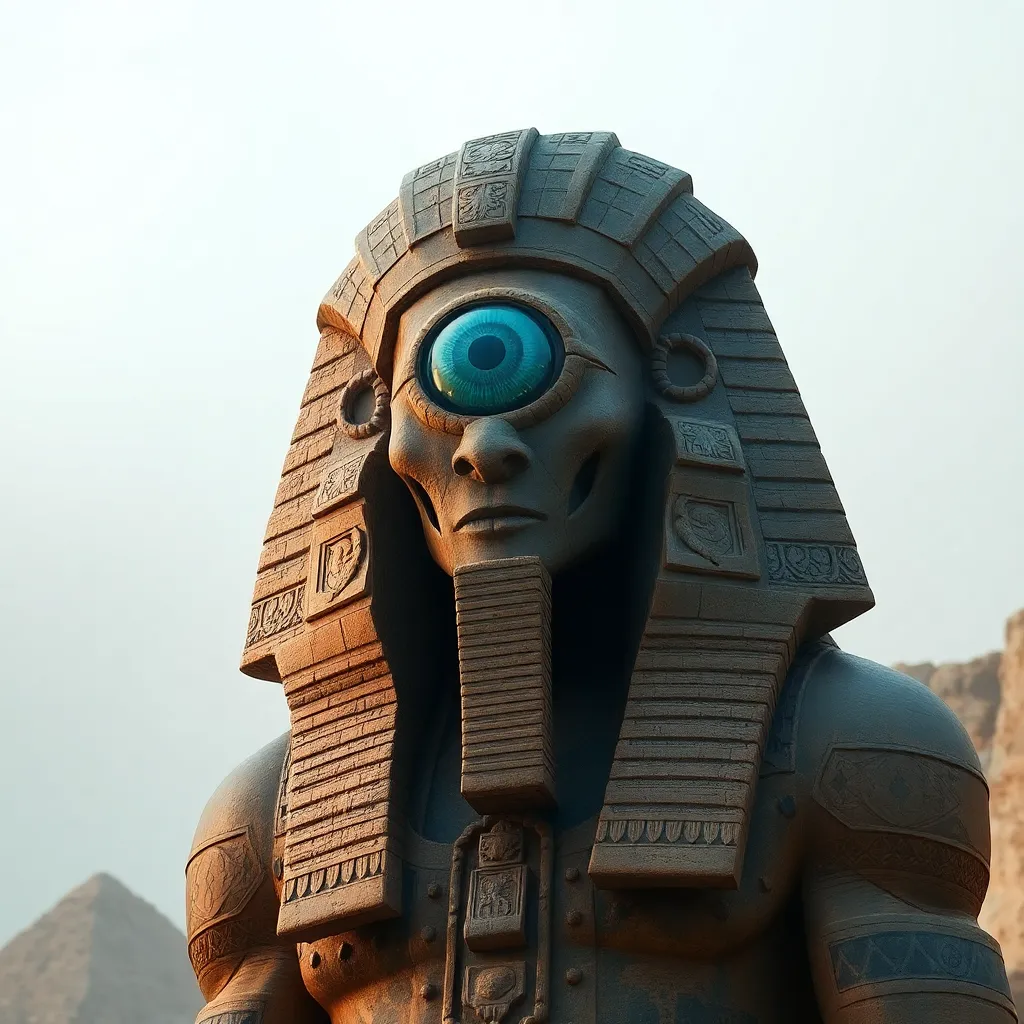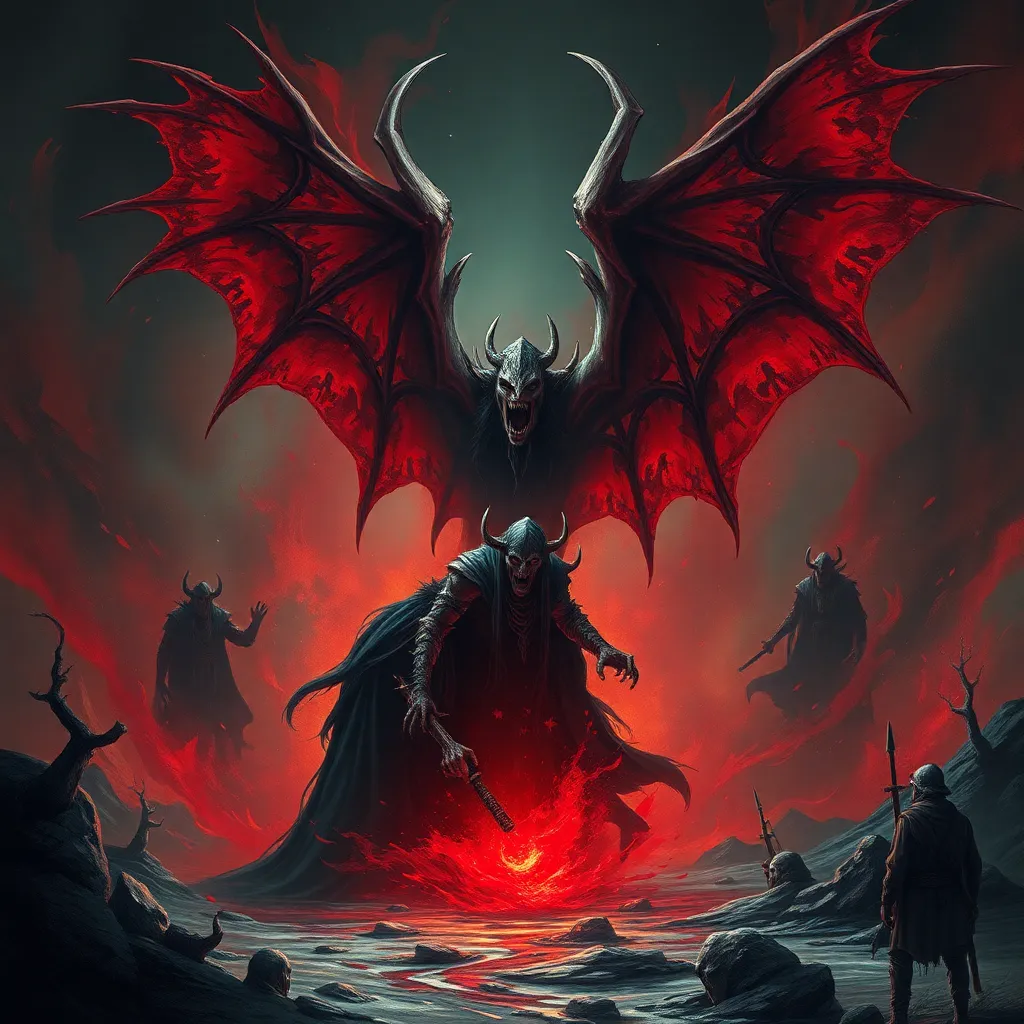The Devil’s Playthings: Exploring the Icelandic Huldufólk
I. Introduction
The Huldufólk, or “hidden people,” are a fascinating aspect of Icelandic folklore, deeply ingrained in the nation’s cultural heritage. These elusive beings, often described as similar to humans but possessing supernatural qualities, have captured the imaginations of both locals and visitors alike. The legends surrounding the Huldufólk not only reflect the rich tapestry of Icelandic history but also highlight the significance of nature and the environment in the country’s cultural identity.
This article aims to explore the origins, characteristics, cultural implications, and modern relevance of the Huldufólk, shedding light on their place in Icelandic society and their broader significance in the context of global folklore.
II. The Origins of Huldufólk
The origins of the Huldufólk can be traced back to Norse mythology, where numerous tales feature beings that inhabit the earth alongside humans. These beings were often associated with the natural world, embodying the spirits of the land, rocks, and mountains.
- Historical roots in Norse mythology: The Huldufólk are believed to be descendants of the Norse gods and their kin, bridging the gap between the divine and the earthly realms.
- Influence of pre-Christian beliefs: Before the advent of Christianity, Icelanders held animistic beliefs that revered nature and its spirits, which may have contributed to the evolution of the Huldufólk legend.
- Evolution over time: As Iceland transitioned into a Christian society, the Huldufólk began to represent the remnants of pagan beliefs, adapting to new cultural narratives while retaining their mystical qualities.
III. Characteristics and Traits of Huldufólk
The Huldufólk are often described with a variety of characteristics that set them apart from ordinary humans.
- Physical descriptions and variations: Huldufólk are typically depicted as tall, beautiful beings with an ethereal quality. They may appear as ordinary humans but are often recognized by their unusual features or clothing.
- Social structure and community life: They are thought to live in tight-knit communities, often residing in hills or large rocks. Their social structures resemble those of humans, with families and social hierarchies.
- Relationship with the natural world: Huldufólk are intrinsically connected to nature, often seen as guardians of the environment. They are believed to protect certain areas and are respected by locals who understand the importance of coexisting with them.
IV. Huldufólk in Icelandic Culture
The influence of Huldufólk extends beyond mere folklore; they play a significant role in Icelandic culture, art, and literature.
- Huldufólk in literature and art: Numerous Icelandic writers and artists have drawn inspiration from Huldufólk, embedding their stories into novels, poems, and visual art that explore themes of nature, mystery, and the supernatural.
- Folklore and storytelling traditions: Oral traditions surrounding Huldufólk are an essential aspect of Icelandic culture, with families passing down stories through generations, often told to children as cautionary tales or moral lessons.
- Impact on Icelandic identity and tourism: The mystique of the Huldufólk attracts tourists, contributing to Iceland’s identity as a land of myth and magic, further enriching its cultural landscape.
V. Encounters with Huldufólk
Many Icelanders claim to have had encounters with the Huldufólk, and these stories often share common themes that reflect cultural beliefs and values.
- Anecdotes and personal stories from locals: Numerous personal accounts describe meetings with Huldufólk, often highlighting their helpful or mischievous nature.
- Common themes in encounters: These encounters frequently involve themes of respect for nature, the consequences of disrespecting the Huldufólk, and the importance of harmony between human life and the natural world.
- Psychological and sociocultural implications: Such stories reveal a collective consciousness that values the interconnectedness of life, often serving as a reminder to maintain respect for the environment.
VI. The Huldufólk and Modern Society
In contemporary Iceland, the Huldufólk continue to hold significance, influencing various aspects of society and culture.
- The role of Huldufólk in contemporary Iceland: Many Icelanders still believe in the Huldufólk or at least respect the traditions surrounding them, seeing them as part of their cultural heritage.
- Environmentalism and Huldufólk beliefs: The beliefs surrounding Huldufólk have led to a strong environmental ethos, where many advocate for the protection of natural landscapes believed to be inhabited by these hidden folk.
- Debates surrounding cultural preservation: As Iceland modernizes, discussions about the importance of preserving folklore and traditions like those of the Huldufólk continue, highlighting the tension between development and cultural heritage.
VII. The Significance of Huldufólk in a Global Context
The concept of hidden folk is not unique to Iceland; many cultures worldwide have similar mythical beings, illustrating a universal theme in human storytelling.
- Comparisons with other mythical beings worldwide: From fairies in Europe to djinn in the Middle East, hidden beings often serve as reflections of human fears, hopes, and the mysteries of the natural world.
- The universal appeal of hidden folk legends: These stories resonate across cultures, emphasizing common human experiences and the quest for understanding the unknown.
- Lessons learned from Huldufólk in a multicultural society: The Huldufólk serve as a reminder of the importance of storytelling, cultural identity, and respect for the environment in fostering global connections.
VIII. Conclusion
In summary, the Huldufólk are more than just figures of folklore; they embody the intersection of myth, nature, and culture in Icelandic society. Their origins rooted in Norse mythology, their characteristics reflecting a deep connection to the environment, and their continuing relevance in modern Iceland showcase the rich tapestry of Icelandic identity.
The allure of the Huldufólk persists, enchanting new generations and intriguing visitors from around the world. As we navigate the complexities of contemporary life, the lessons of the Huldufólk—about respect, community, and the environment—remain ever pertinent, encouraging us to embrace the mysteries of our world.




